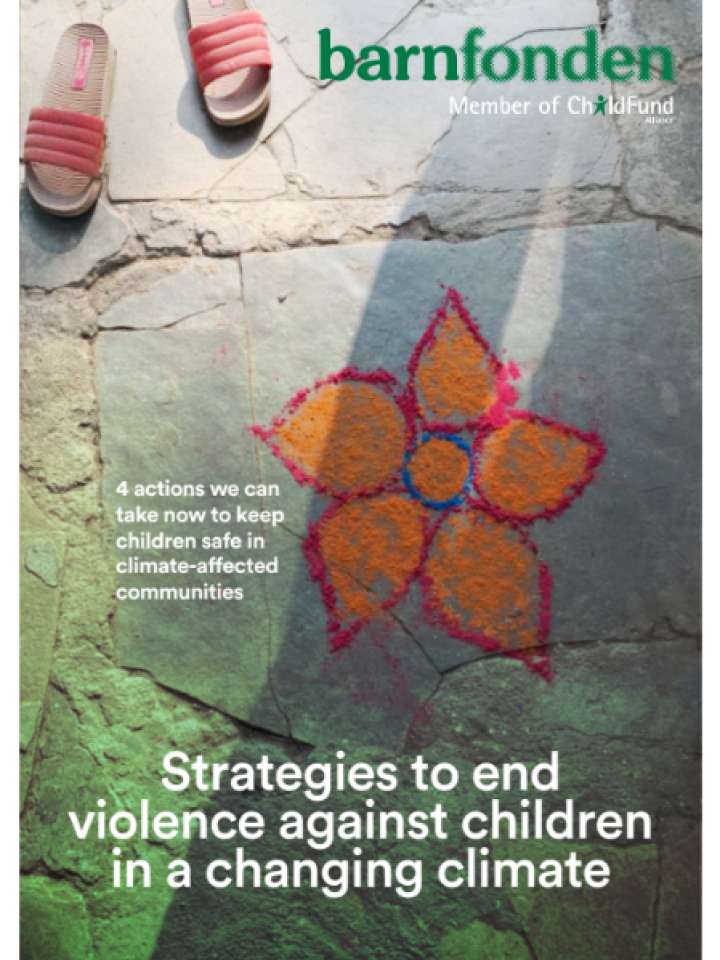Strategies to end violence against children in a changing climate
This white paper assesses a select number of strategies in moving towards the goal of ending violence against children amid climate change. It is aimed at authorities and development practitioners – those working with communities and national and global structures to address the effects of climate change and environmental degradation, as well as those working on issues related to ending violence against children. Climate change-exacerbated increases in droughts, water scarcity, and other natural hazards have effects on migration, conflict, poverty and food insecurity, psychosocial health, and stress. These in turn increase the incidence of violence against children.
The paper indicates that not enough is being done to demonstrate how the impacts of climate change are intensifying child protection risks related to violence against children, particularly in ‘conventional’ development programming. Immediate action is required to co-ordinate climate change adaptation strategies and disaster preparedness and responses with violence prevention actions, to keep children safe. Finally, a child-focused, climate resilient development approach can be an entry point to creating effective ways to protect children from violence in a changing climate in the development sector.
Explore further
